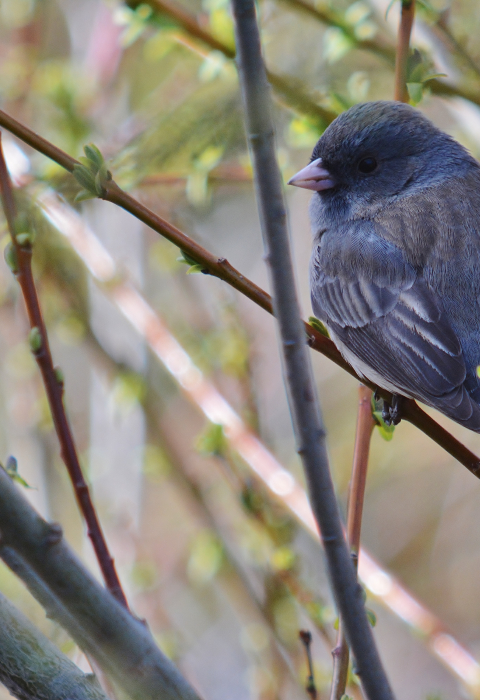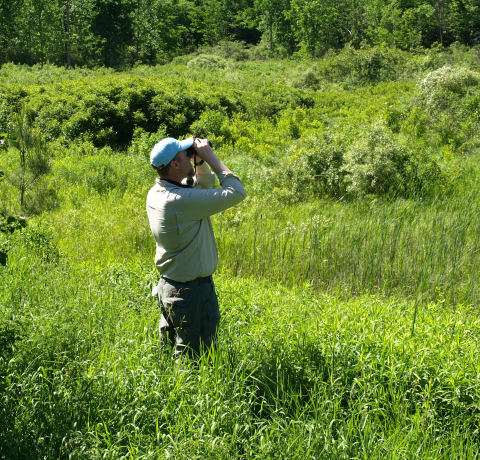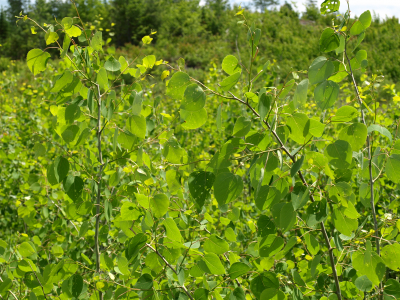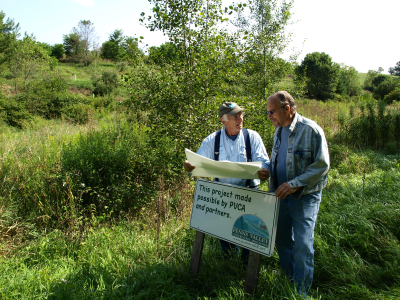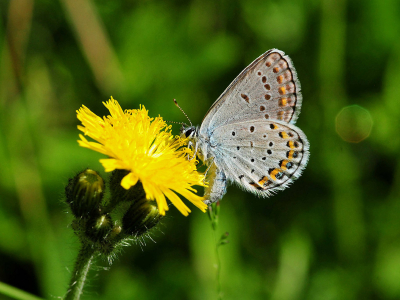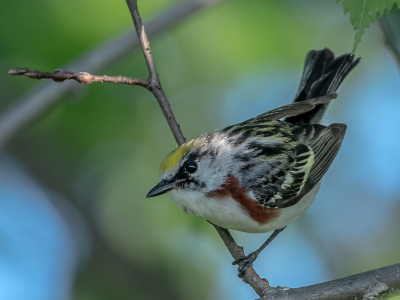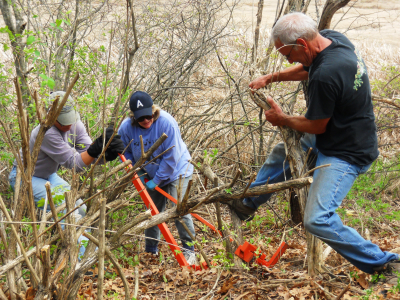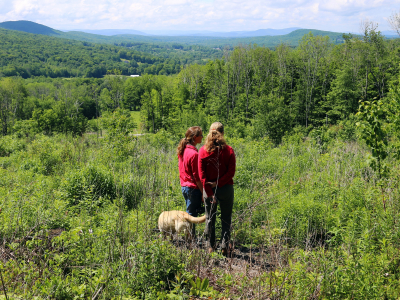Seeing wildlife is a thrill
People own land for many reasons. Some cut wood to provide a financial return or heat their homes. Others view their properties as natural retreats where they can enjoy peace and quiet. Many landowners have a strong desire to provide habitat for wildlife – and seeing animals, or finding evidence of their presence, brings a thrill to the walker, birder, or hunter.
Who Lives in Early Successional Habitat?
Check out this mini-field guide presenting some of the wildlife you may see using your young forest or shrubland in the years following a timber harvest or other habitat enhancement practice.
Enjoy the fruits of your efforts:
- Make a trail so you can walk quietly past a habitat area, upping your chances of seeing wildlife.
- Set up trail cameras to record animals using your young forest and shrubland.
- Build brush piles where animals can shelter from the elements and escape predators.
- Keep a journal of animals you meet and when and where you see them.
- Sign up for eBird and iNaturalist and record sightings and photos of wildlife.
- Host a seminar where natural resources professionals can explain how young forest and shrubland are important to a wide range of wildlife and to overall forest health.
- Know that you are doing your part to ensure our region's forests remain diverse, healthy, and wildlife-friendly now and in years to come.

